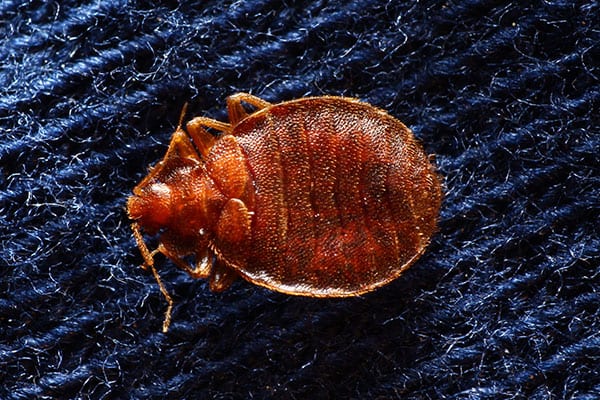Reproductive Behaviour
Bedbugs (Cimex lectularius) have three stages of distinction within its life cycle which are the Egg, the Nymph and an Adult. After hatching from the egg it is the nymphal stage that it undergoes multiple stages of maturity shedding their exoskeleton (usually five times) before coming a mature adult, and this may happen over a duration of weeks or months depending on temperatures and food supplies.
Bedbugs will not discriminate in relation to a feeding host and will include animals within a domestic environment as well as people causing contamination, physical damage and distress. Besides the previous fact, one of the main reasons why a infestation of bedbugs requires swift action is because a female bedbug is capable of laying up to 200 eggs within its lifespan (4-5 per day), which can easily spiral out of control.

Identifying a Infestation
There are generally four ways one identifying a bedbug infestation which are listed below:
Physical Sightings
There is no better way of confirming an infestation than a physical sighting of a bedbug. These will be either dead or living though it is best advised not to dismiss an infestation just because only one was sighted. A thorough check should be carried out by if not yourself, than a specialist.
Faeces Stains
Bedbugs secrete the blood of their host and this will usually look like a cluster of small black dots in multiple locations on either the Bedding, Mattress, Bed Frame (on or at the side of the slates) or at the back of the Headboard if not all four.
Bite Marks
At first glance, bedbug bites can be easily mistaken for spots, skin allergies or other insect bites. Bedbug bites are red marks usually within close proximity of each other, so upon seeing markings resembling bites, check for other signs for confirmation.
Skin Sheds
The exoskeletons of bedbugs may be present after one or many have shed due to a process of maturity. Bedbug sheddings are transparent shells which resemble the shape and design of a bedbug which may be discarded in multiple locations.
Identifying a Bedbug
Bedbugs are approximately 6mm in size and their physical appearance (for both nymphs and adults) is one of an flat oval shape and they may vary between the colours of either brown or reddish-brown though the nymphs (infant bedbugs) can be translucent whist still displaying their hereditary colour traits.
Once a bedbug has fed, its body will expand three times its size and the consumed blood becomes visible through their exoskeleton giving them a distinct colour of bright red. This expansion gradually decreases once the blood is digested and passes through their system as faeces.
